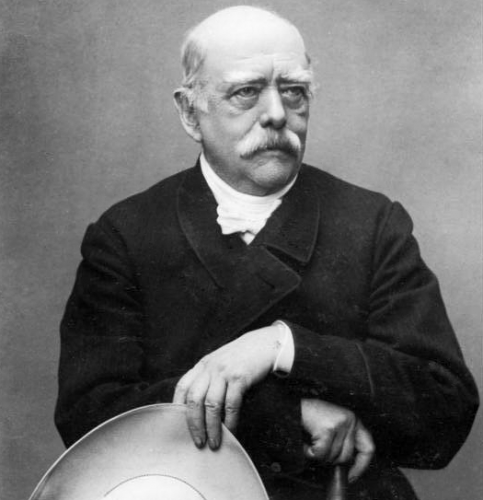The law of small numbers
Big Mark, a new manager at Statistical Misconception Corporation, recently hired his first ever direct report, Little Mark. Little Mark turned out to be a star contributor. The company’s CEO, Biggest Mark, noticed one of Little Mark’s landmark accomplishments, and quickly earmarked another hire for Big Mark. However, he remarked, “You’ve really lucked out with Little Mark, who set a high benchmark. Less than half of new hires make such a marked impact, so according to the law of averages your next hire will miss the mark.” Big Mark raised a question mark: is Biggest Mark’s reasoning on the mark?
The law of averages is an imprecise term, and it is used in many different ways. It is one of the most popularly misused applications of statistical principles. Biggest Mark’s interpretation of the law of averages is fairly common – that outcomes of a random event will even out within a small sample. Let’s discuss two of the main problems with Biggest Mark’s reasoning:
First, the sample size is too small. In probability theory, the law of large numbers (which is likely the seed that is misinterpreted into the law of averages) states that the average of the results obtained from a large number of independent trials should come close to the expected value, and will tend to become closer as more trials are performed. For example, the likelihood that a flipped penny lands on heads is 50%, so if you flip it a large number of times then roughly half of the results should be heads. This law doesn’t say anything meaningful about small sample sizes – it’s the law of large numbers, not the law of small numbers. In fact, if you flip a penny twice, there is only a 50% chance that you will end up with one head and one tail; the other half of the time you’ll end up with either two heads or two tails. For 10 flips, about a third of the time you’ll end up with at least 7 heads or 7 tails.
Second, the law of large numbers is only applicable if each event is independent of all the others. In probability theory, two events are independent if the occurrence of one does not affect the probability of the other. In our case, invoking the law of large numbers would necessitate that the likelihood of Big Mark’s second hire being excellent is unaffected by the performance of his first hire.
Back at Statistical Misconception Corporation (trademark), Biggest Mark has a business sense second to none. While attending college in Denmark, where his maximum marks were in marketing, he became known as Business Mark, or Biz Markie for short. (As a side note, his relationship with this girl from the U.S. nation, Beauty Mark, ended tragically when he found out that Other Mark wasn’t just a friend.)
In the end, it turned out that Big Mark’s next hire, Accent Mark, defied the CEO’s curse. Instead of making a skid mark, he set a new watermark for what a Mark should be – he was one of the markiest Marks the company had ever marked.
#HashMark
comments
Leave a Reply


